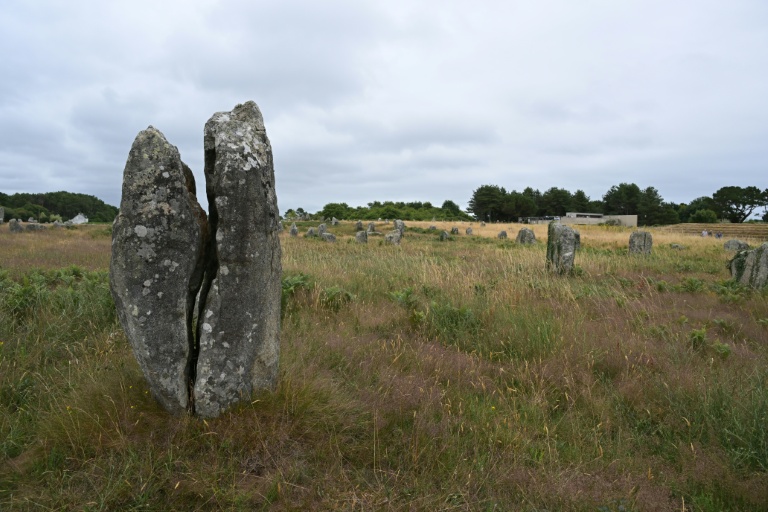PARIS — UNESCO added the megaliths of Carnac and the banks of Morbihan in western France to its World Heritage List on Saturday, recognizing the site’s cultural and historical significance.
The newly designated area spans 1,000 square kilometers and includes more than 550 prehistoric monuments constructed during the Neolithic period over 2,000 years.
These megaliths, known for their distinctive alignments of menhirs, have long been a focus of archaeological study.
UNESCO cited the site’s outstanding universal value and its importance in illustrating human ingenuity and early civilization.
French authorities welcomed the recognition, highlighting the potential to boost tourism and support ongoing conservation efforts. Cultural institutions in France pledged to maintain and promote the site’s heritage, anticipating increased visibility and funding.
The Carnac and Morbihan site joins a prestigious list of global cultural landmarks that contribute to understanding humanity’s past. Researchers continue to investigate the origins and purpose of the megalithic constructions, which date back over 5,000 years.
UNESCO’s decision reinforces France’s standing as a country with significant historical treasures and underlines the importance of safeguarding cultural heritage sites worldwide.

